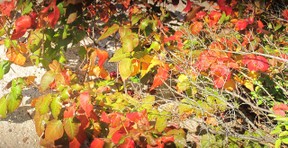 NEVER BURN POISON IVY. Breathing the smoke will injure your lungs. You shouldn't even expose your skin to the smoke.
NEVER BURN POISON IVY. Breathing the smoke will injure your lungs. You shouldn't even expose your skin to the smoke.
To get rid of poison ivy, you must remove it completely, including the roots.
This is a photo of poison ivy in autumn.
USING HERBICIDES TO KILL POISON IVY:
There are several chemicals available that will kill poison ivy. Check with your local lawn and garden store to see what they recommend. Poison ivy is a woody stem plant and normal weed killer will only make the leaves drop off but not kill the stem and roots. Protecting your body from the plant, cut the stalk and apply herbicide to the stump.
If you use a ground sterilizer, note that it kills every plant it touches and may keep anything growing in that area for years.
NOTE: If you use herbicides, the ivy must still be removed because the urushiol on the dead leaves, branches and roots will remain potent for at least a year.
PULLING POISON IVY OUT BY THE ROOTS:
You can remove poison ivy easier if you wait until after a rain, or if you soak the area completely with a hose or sprinkler. Make sure the water penetrates the ground deeply enough to soak the roots.
Wear a long sleeve shirt or jacket, and pants and socks to completely cover your legs and ankles. Wear boots or high topped shoes. Also wear goggles and heavy gloves long enough to cover your wrists. You probably will want to apply some poison ivy blocking lotion to your face.
Get plenty of large, heavy plastic garbage bags and then some smaller plastic grocery bags to put over your gloved hands.
Put a plastic grocery bag over each hand and pull up a plant by the root. Then put the vine into a large plastic garbage bag. Repeat until you have all the ivy pulled out.
When finished, take the garbage bag to your trash can; don't use the vines for compost. Remove the plastic grocery bags from your hands and open the door to your house with your gloves if they were never exposed to the poison ivy. If you think they were, carefully remove the gloves without touching the outside and use your bare hands to open your door. Poison ivy can be spread by urushiol on door handles, light switches, tools, clothes, etc.
Once you're indoors and making sure you haven't brushed against anything, strip out of your clothes. Put everything straight into the washer and don't mix with other clothing. Wash the clothes in cold water and soap.
Then get into the shower and wash with cool water only - no soap and no washcloth. Water dissolves the poisonous oil; soap and cloth can spread it to other areas. After you've showered for several minutes with plain water, then shower using soap and shampoo.
The next day, go back outside to see if you missed pulling any poison ivy roots. If you see some close to the ground where they would be hard to pull up, smother the roots with heavy carpet or some other heavy material, leaving it there for a month or longer.
NOTE: Don't forget to use a water hose to clean your tools, too, since you don't want to be exposed to the oil again Urushiol can remain active for at least a year.
Photo of poison ivy leaves in fall


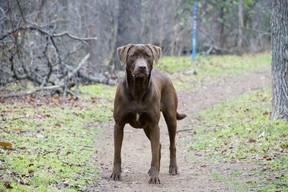



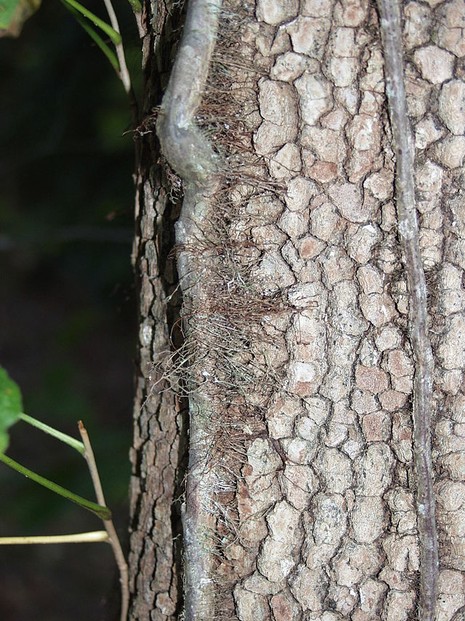
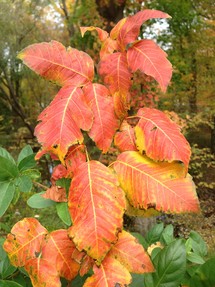 Poison ivy produces a clear and sticky oil called urushiol, (pronounced oo-roo-shee-ohl). Urushiol is highly potent and found in every part of the poison ivy plant throughout the year. The oil can remain active on dead and dried plants for more than a year.
Poison ivy produces a clear and sticky oil called urushiol, (pronounced oo-roo-shee-ohl). Urushiol is highly potent and found in every part of the poison ivy plant throughout the year. The oil can remain active on dead and dried plants for more than a year.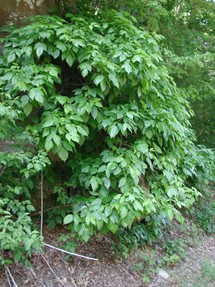 I'm not going to show an image of poison ivy rash because it looks awful; and yes, I've had the rash several times. You can
I'm not going to show an image of poison ivy rash because it looks awful; and yes, I've had the rash several times. You can 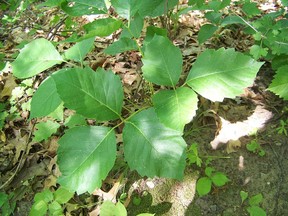




 NEVER BURN POISON IVY. Breathing the smoke will injure your lungs. You shouldn't even expose your skin to the smoke.
NEVER BURN POISON IVY. Breathing the smoke will injure your lungs. You shouldn't even expose your skin to the smoke.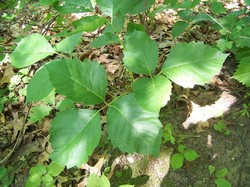

 I Loved to Read in Grade School (in the 1960s)on 09/29/2018
I Loved to Read in Grade School (in the 1960s)on 09/29/2018
 Halloween Memories from the 1960son 09/17/2018
Halloween Memories from the 1960son 09/17/2018
 What on Earth is Earthing?on 06/03/2015
What on Earth is Earthing?on 06/03/2015
 Worm Manure (Castings) Is The Best Organic Fertilizeron 05/25/2015
Worm Manure (Castings) Is The Best Organic Fertilizeron 05/25/2015
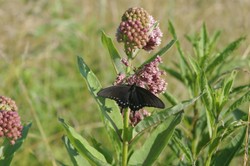
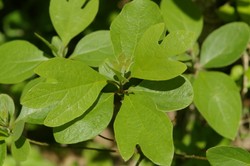
Comments
That what for one is a drug is for another a medicine is shown by what happened to my son in the Andes. He fell ill with the potentially fatal altitude sickness. The cure:coca leaf tea. Illegal in some countries, but a life-saver in certain circumstances.So we look forward to seeing what medicinal drug can be extracted from poison ivy.
It is truly said, "The poison is the dose." Many substances can be medicinal in the right dose, but poisonous in excess.
Tolovaj - You could be right. Scientists often find good uses for dangerous plants - such as foxglove, which is poisonous to eat, but the medicine digitalis is made from it.
It would be very interesting to find out why is poison ivy so violent against human and so harmless to so many animals. I bet sometime in the future a very powerful medicine will be made from it!
Thanks for all the tips:)
Thanks for this information.
frankbeswick - let's hope poison ivy doesn't spread much in the UK and that people are aware of it and get rid of it safely. It's all over in the midwestern U.S. where I grew up, and my sister has it on her property in east Tennessee. She didn't even know she had it - I pointed out all the plants to her so she and my brother-in-law could get rid of them.
jptanabe - I haven't heard about Sumactin, but glad it worked for you. I've used hot water, too, and it helps. I used aloe vera gel to help control the itching. I didn't have a plant so I bought a bottle of it at a store. It doesn't seem to be for sale except around summer time and it's displayed along with suntan lotions.
I have done some research on poison ivy, and it seems that it was introduced to Britain [presumably by someone with no sense of responsibility.] It is not widespread, but it grows well near water. It also thrives in high CO2 concentrations in the atmosphere, so the situation with this invasive species will worsen with as CO2 rises. So your article, besides being interesting to a Brit, is a timely warning.
Oh poison ivy - I've suffered from it so many times! The only thing I've found to treat it effectively is called Sumactin - a liquid that you spray on the affected area. Also, I found that to relieve the itching the best way is to run hot water, as hot as you can stand, on the affected area. It seems to take the "sting" out of the itch for several hours!
frankbeswick- I'm glad you like the article I sure hope poison ivy never gets established in the U.K. I've had the rash several times before I finally learned to recognize the plant. I always got exposed on the insides of my arms - from wrists to elbows. The rash itches like crazy!